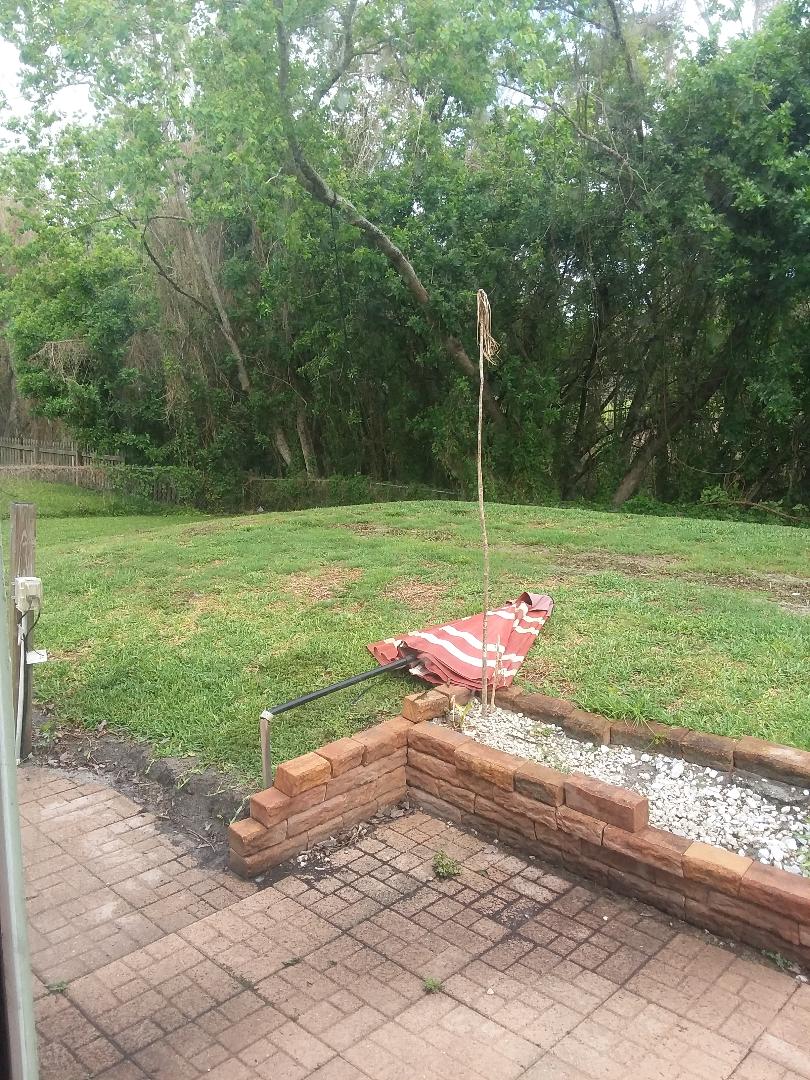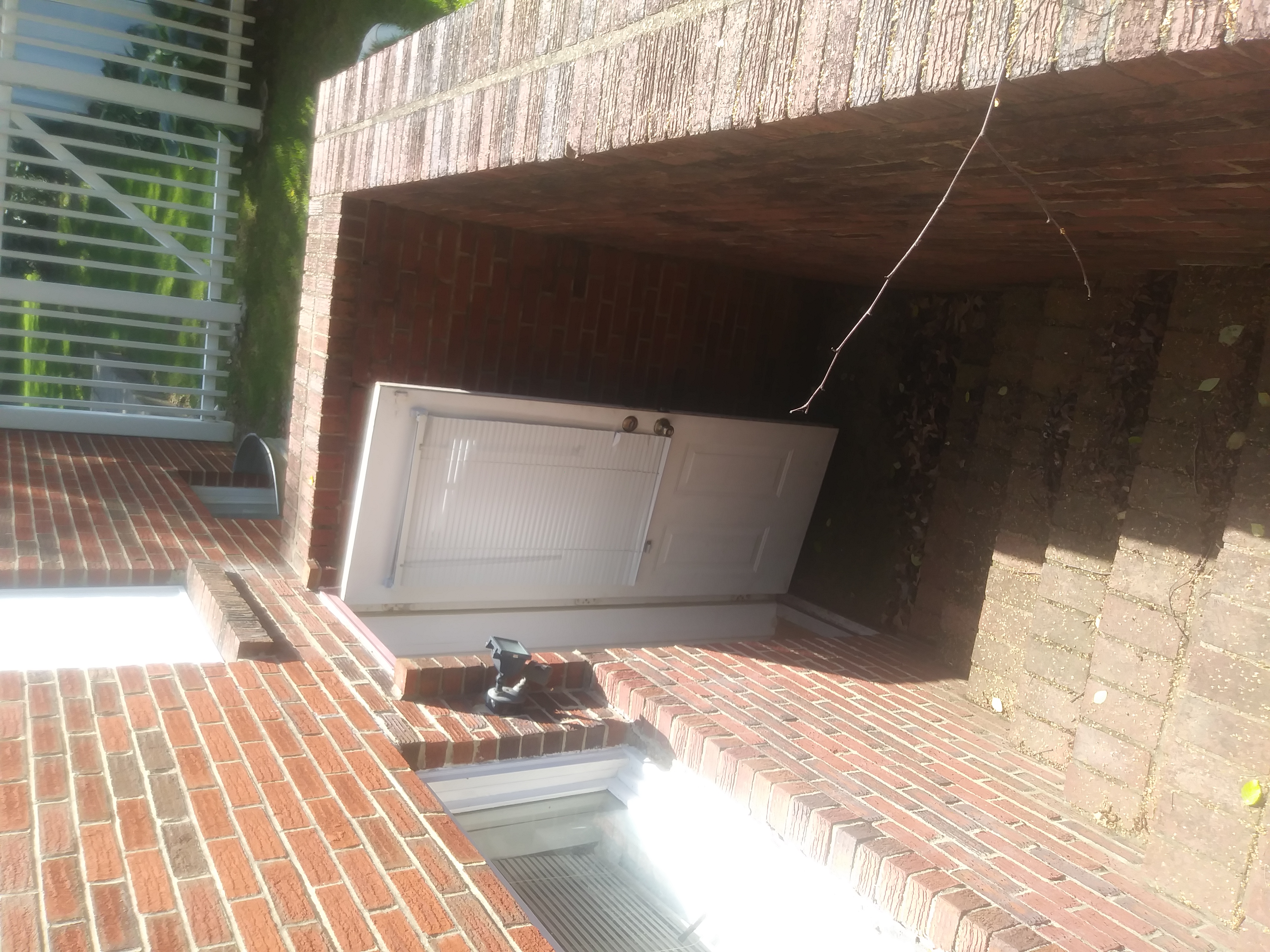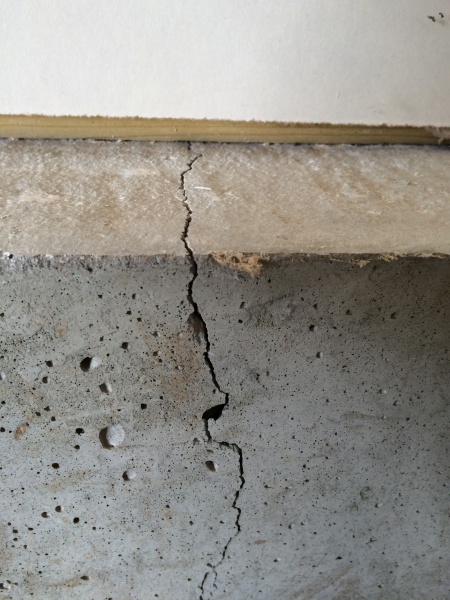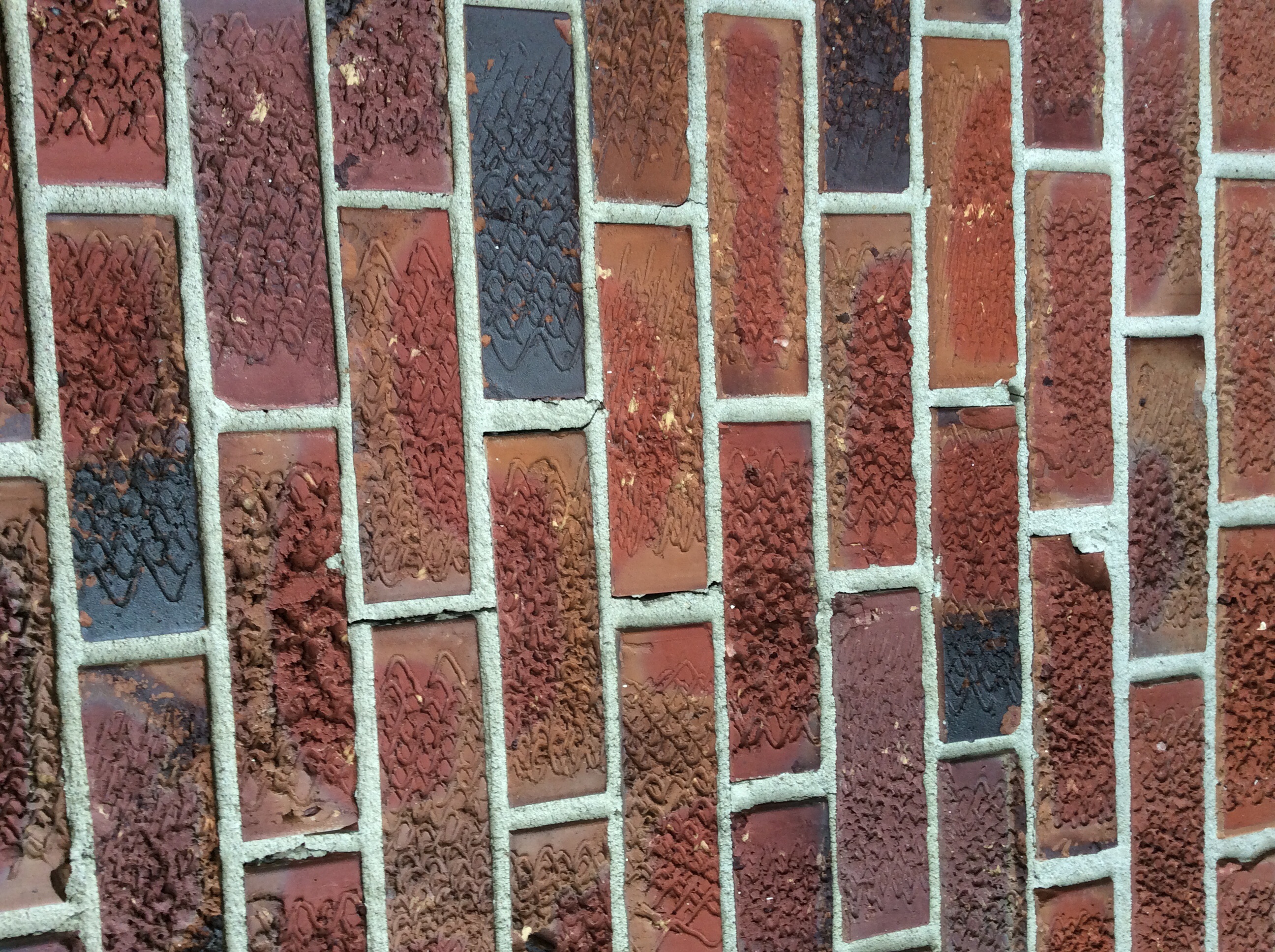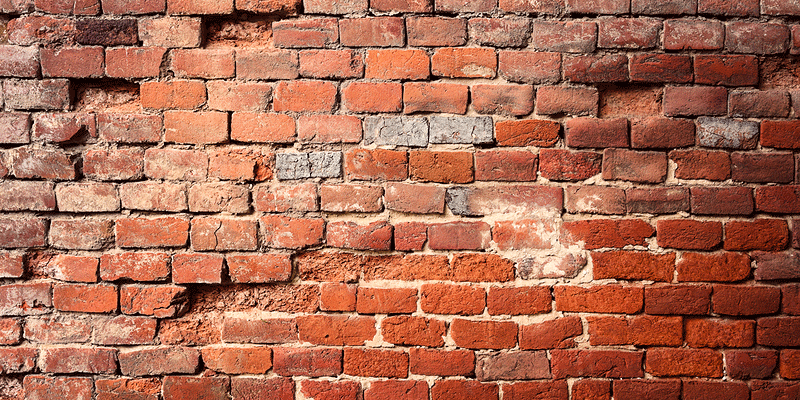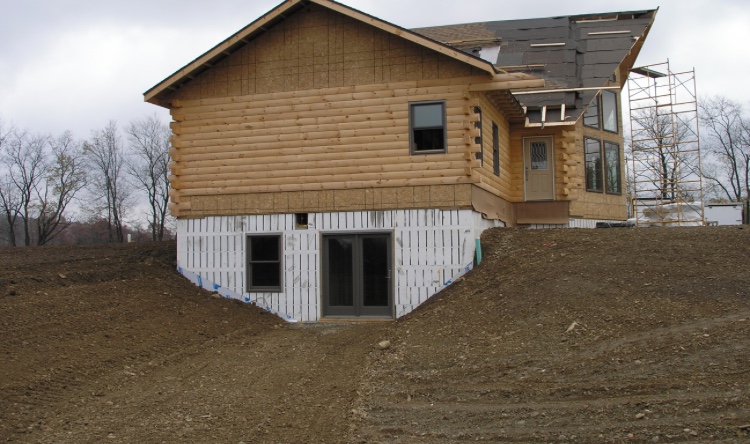I looked at a image of standards of crawlspace construction. This image shows the minimum distance between the joist and dirt floor of the crawlspace to be 24" and the distance for girders to be 18". It also shows that crawlspaces should have vapor barriers and that the footings should extend down to undisturbed ground.
This brick patio has some issues. The first is the raised septic too close to house and water run off directed towards home. The patio has a lack of drainage underneath it and it’s not level and pitched away from the foundation.
Checking for anti-tip bracket for oven.
It may be possible to see a wall-mounted bracket by looking over the rear of the range. Removing the bottom drawer and looking to the wall is another way. Although visually seeing it does not guarantee it’s properly installed.
Grip the upper-rear section of the range and tip the unit. If equipped with an anti-tip bracket, the unit will not tip more than several inches before coming to a halt. It is usually easier to detect a bracket by tipping the range than through a visual search, plus you know it’s mounted and performing as designed.
This is a picture of a torn and damaged vapor barrier underneath the home. Vapor barrier may have been torn for a previous installation or possibly has started to weaken from the outside elements. I would recommend the vapor barrier be looked at by a licensed professional and also would have ventilation checked as well.
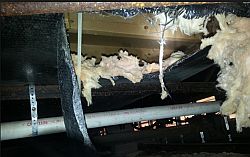
The article that I read was about tie-downs for mobile homes. There are two types of tie-downs available. They are over-the-top and frame anchors. There are multiple types of ground anchors as well that are used. Florida requires that tie-downs are inspected for proper installation.
This basement door and egress has no sign of structural issues. A small amount of debris have built up at the bottom of the stairs. It is recommended to keep all debris cleaned out from the drain below. It can become clogged and water can build up and cause damage to the basement.
In the block pier illustration, it depicts a solid footing with a large displacement around the pier. The pier is made up of two levels of two CMU block with a four inch cap block on top for a strong support. A triple 2x beam placed on top of the pier to support upper joist and flooring.
I took an image of a garage foundation wall with a small 1/8th wide vertical crack. Most houses will see one, two or even three vertical cracks form within the first couple of years after construction. These cracks are not a real structural concern, but they can allow seepage of water through the foundation wall during heavy rains. again, this is normal. The solution to vertical cracks is usually simple, inexpensive and permanent.
I studied an article on the dangers of horizontal foundation cracks. After studying this article I learned while many horizontal cracks are of only cosmetic significance, others may be a source of leaks (and further damage) into the wall or water intrusion into the building, and more seriously, significant horizontal cracks diagnosed as caused by wall buckling or bending or movement are likely to require structural repair or reinforcement.
Above image shows cracks on masonry wall on west side of home. While these cracks appear to be moisture related, there is another crack nearby that appears to be settlement related. All cracks should evaluated by a qualified professional or engineer.
I read the article “ICF Inspection and termites” by Nick Gromicko and Ethan Ward. ICFs are rigid plastic foam forms that hold concrete in place while it cures. ICFs are fire resistant, durable, and energy efficient. Termite infestation can be a serious problem in homes constructed with ICFs as termites can use cracks in concrete to travel to areas of the house where there is a food source virtually undetected. Usually the roof structure. By the time they are identified, major damage has been done. There are multiple options to prevent this. Special wire mesh, chemicals and metal shields.
Here at the bottom of the garage opening there is a gap between the garage footing and the interior wall. This leaves the interior of the wall completely exposed to water infiltration and insects. This would be marked as a water intrusion hazard on my report.
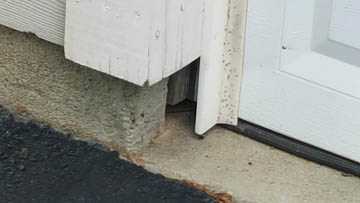
A Burglar-Resistant home is a great and something that could be integrated into an inspection. In many ways being robbed is a safety issue and mentioning the installation of a strong dead bolt or the installation of motion activated lights by the front door could help a homeowner be safer and happier.
Spalling of exterior brick occurs when when water, moisture is introduced to brick and mortar. A freeze and thaw rotation occurs.
When this occurs again and again, over time this puts pressure on the brick causing the brick to crack and split, then Spalling occurs.
When inspecting attic access pull down ladders, I’m visually looking for defects in the structure of the ladder. are the stiles sound, section hinges operable, are treads capable of holding someones weight. Is the ladders framing correctly built to hold the ladder and a person. Safety is the main concern.
Here is a picture of an ICF cement wall eing formed with foam insulation with plactic joiners and rebar. These forms hold the concrete in place during curing. Depending on application certain materials used for the molds remain in place providing thermal and noise insulation. Other applications remove the foam for reuse.
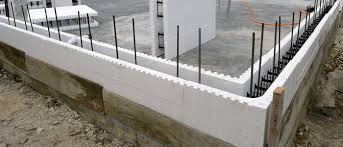
In this picture is a daylight basement that is made from concrete poured in place using a form with braces. After the concrete has set the forms are removed and when the floor is built on top of the concrete walls and the concrete has cured sufficiently the walls can be backfilled. There is drainage around the house and specifically in front of the daylight wall.
Residential Foundation Insulation Article: Essay Assignment - Several different applications can be used to insulate basement walls both on the interior or exterior. Polystyrene is used directly over the exterior wall to protect it from the elements. This would also work for slab on grade insulation. These solutions are not resistant to all factors that threaten the basement wall. Foundation waterproofing, site and footing drainage, and termite treatments are similar for insulated and uninsulated basements. All foams require thermal protection equal to -inch of gypsum wallboard when installing on the interior of a building, including a crawlspace. Interesting article check it out at InterNachi.
I read the article “Basic Waterproofing for Basements”
by Nick Gromicko. I learned that the best practice is to prevent water entry by diverting it away from the foundation and to repair all cracks and holes where water could enter. one of the best ways to do this is by using sodium silicate which will actually penetrate the substrate by up to 4 inches.
The crack seen in the image shows a horizontal crack on a basement wall. This crack is most likely cause by a backfill issue. This could be the fact that it was back filled while the concrete was still curing, just a crack that developed over time from expansion and contraction or caused by the freeze thaw cycles.
